Growth in Motorcycle Production
The Gudgeon Pin Market is also witnessing growth due to the increasing production of motorcycles. With a rising interest in two-wheeled vehicles, particularly in emerging markets, manufacturers are ramping up production to meet consumer demand. In 2025, motorcycle production is expected to increase by approximately 6%, which will subsequently drive the demand for gudgeon pins. These components are vital for ensuring the smooth operation of motorcycle engines, making them indispensable in the manufacturing process. As motorcycle manufacturers seek to enhance performance and reliability, the Gudgeon Pin Market stands to gain from this upward trend. This growth trajectory indicates a promising outlook for suppliers and manufacturers within the industry.
Rising Demand in Automotive Sector
The Gudgeon Pin Market is experiencing a notable surge in demand, primarily driven by the automotive sector. As vehicle production ramps up, the need for high-quality components, including gudgeon pins, becomes increasingly critical. In 2025, the automotive industry is projected to witness a growth rate of approximately 4.5%, which directly correlates with the rising consumption of gudgeon pins. These components are essential for connecting the piston to the connecting rod, ensuring optimal engine performance. Consequently, manufacturers are focusing on enhancing the durability and efficiency of gudgeon pins to meet the evolving standards of the automotive market. This trend indicates a robust future for the Gudgeon Pin Market, as automotive manufacturers seek reliable suppliers to fulfill their component needs.
Expansion of Aerospace Applications
The Gudgeon Pin Market is experiencing expansion due to its applications in the aerospace sector. As the demand for lightweight and high-performance components increases, gudgeon pins are becoming essential in aircraft engine designs. The aerospace industry is projected to grow at a rate of 5% in the coming years, driven by advancements in aviation technology and an increase in air travel. This growth necessitates the use of high-quality gudgeon pins that can withstand extreme conditions while maintaining performance. Manufacturers are likely to invest in research and development to create innovative solutions tailored for aerospace applications. This trend suggests that the Gudgeon Pin Market will play a crucial role in supporting the evolving needs of the aerospace sector.
Focus on Quality and Performance Standards
The Gudgeon Pin Market is increasingly focusing on quality and performance standards as manufacturers strive to meet stringent regulations. With the rise of consumer awareness regarding product reliability, companies are compelled to enhance the quality of their gudgeon pins. This shift is particularly evident in the automotive and aerospace sectors, where performance is paramount. In 2025, it is anticipated that regulatory bodies will implement more rigorous testing and certification processes, further emphasizing the need for high-quality components. As a result, manufacturers are likely to invest in quality assurance measures and advanced testing methodologies to ensure compliance. This trend indicates that the Gudgeon Pin Market is evolving towards a more quality-centric approach, which could enhance competitiveness and consumer trust.
Technological Innovations in Manufacturing
Technological advancements are playing a pivotal role in shaping the Gudgeon Pin Market. The introduction of advanced manufacturing techniques, such as precision forging and CNC machining, has significantly improved the quality and performance of gudgeon pins. These innovations allow for tighter tolerances and enhanced material properties, which are crucial for high-performance applications. In recent years, the market has seen an increase in the adoption of automated production lines, leading to reduced manufacturing costs and improved efficiency. As a result, manufacturers are better positioned to meet the growing demands of various sectors, including automotive and industrial machinery. This trend suggests that the Gudgeon Pin Market is likely to benefit from ongoing technological developments, fostering a competitive landscape.


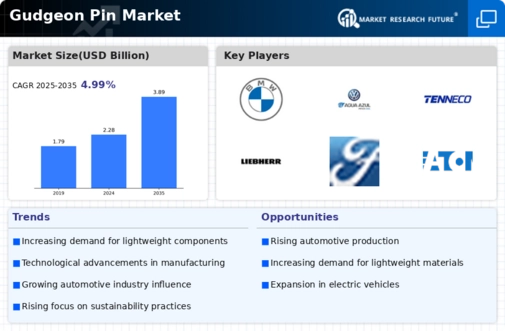
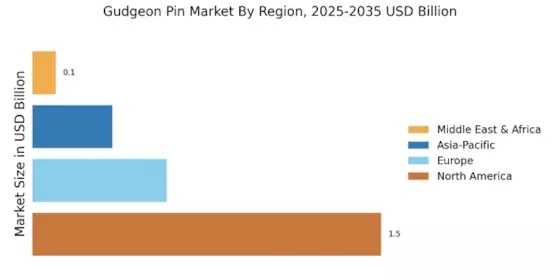

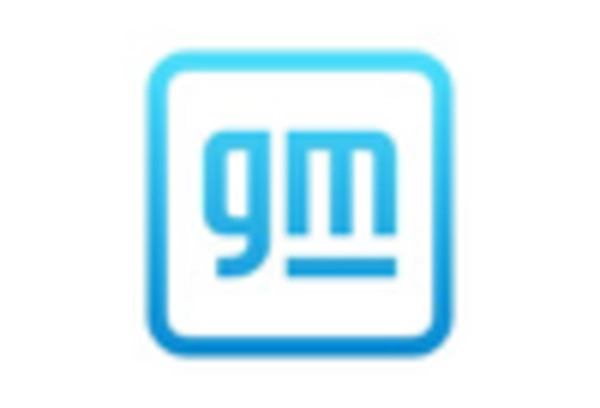
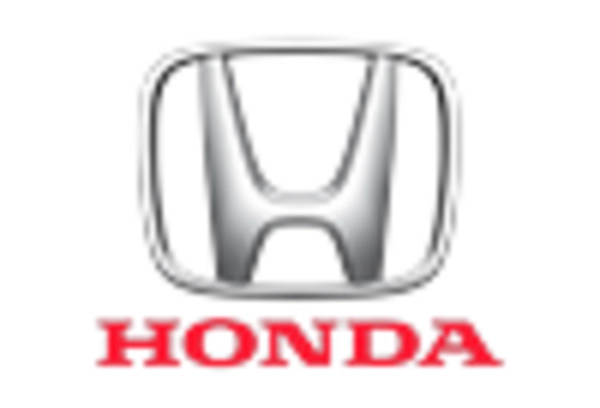

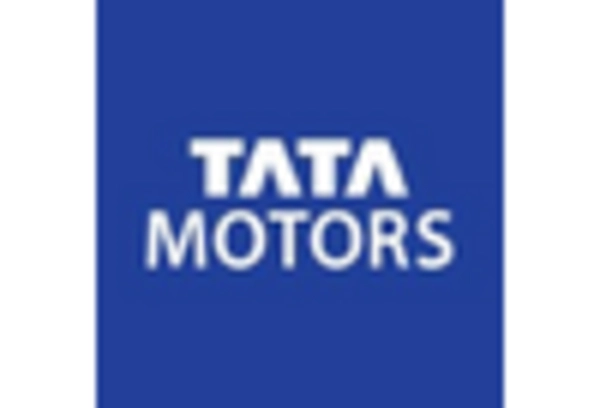
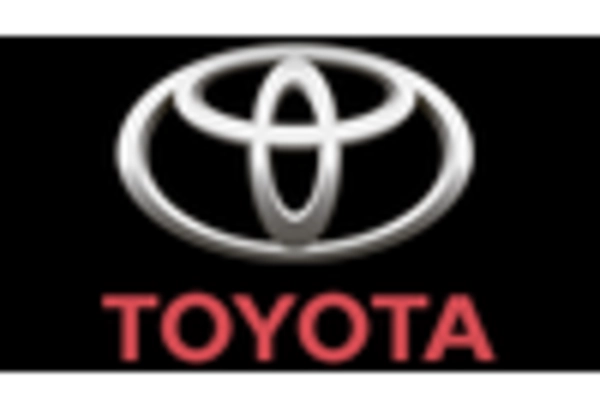








Leave a Comment